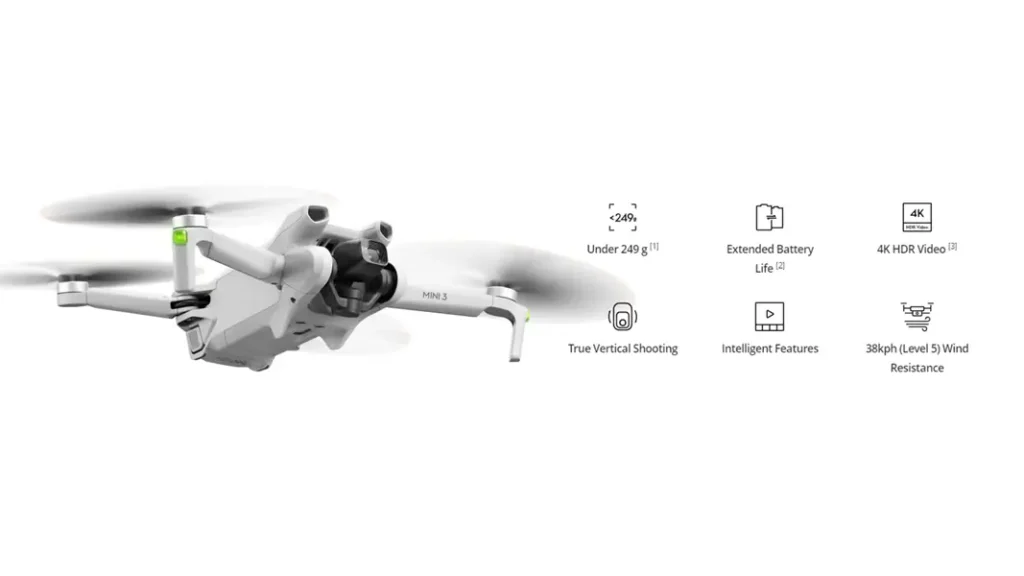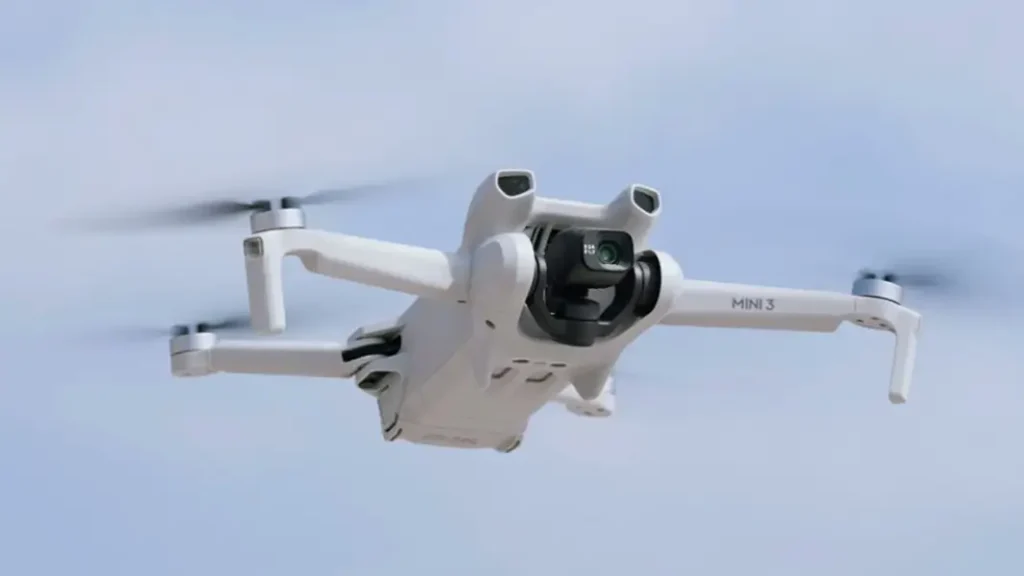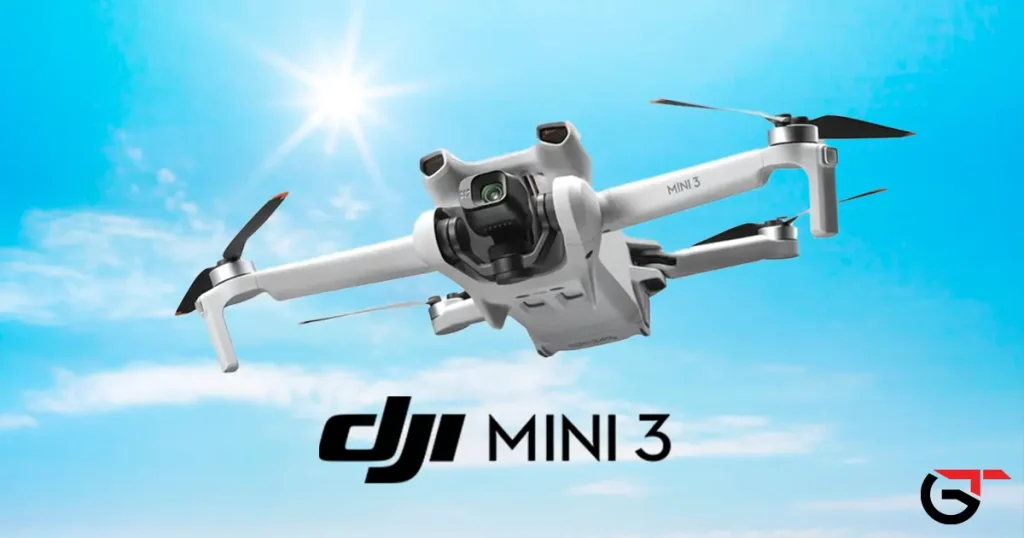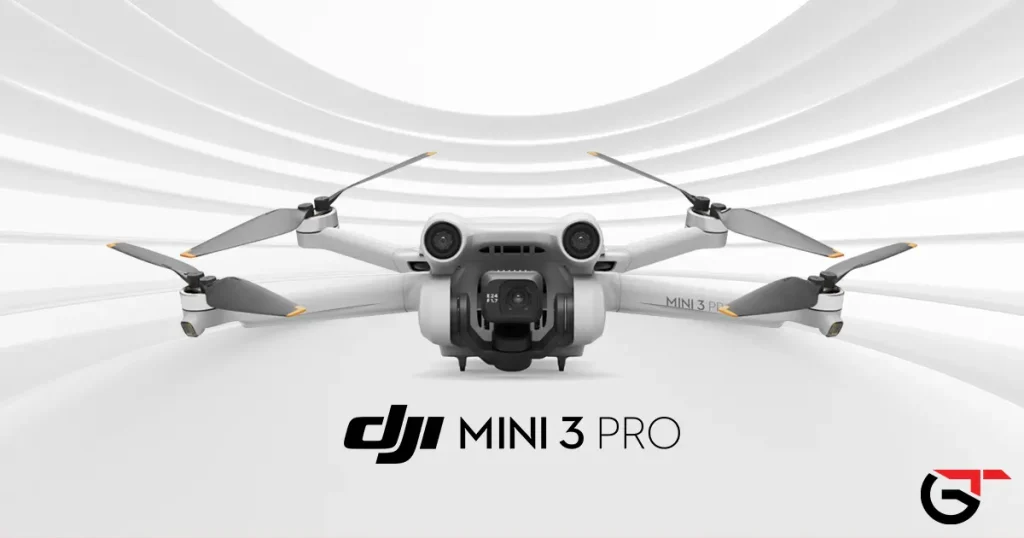Launching the DJI Mavic Mini family, DJI unveiled its first drone weighing in at less than 250 grams on October 30, 2019. Notably, if a remote pilot is not operating their drone for commercial purposes, a drone weighing less than 250g does not need to be registered with the Federal Aviation Administration in the United States or with analogous organizations in many other countries.
Mini 3 is a more expensive and advanced sub-250g drone for beginners. This model, like the Mini 3 Pro, features a Type 1/1.3 (10 x 7.5mm) sensor. In order to take vertical (portrait) images without cropping, a 12-megapixel camera with a 24 mm equivalent lens and a fixed F1.7 aperture is mounted on a 3-axis gimbal.
There is active exposure balancing, and it captures groups of three photographs with wildly varying exposures. Wide-angle, spherical, and 180-degree panoramas are also available for still photography. DJI’s 12-megapixel photos are produced with a Quad Bayer sensor with pixels as large as 2.4 micrometres, allowing for better operation in dim conditions. The Mini 3 can take pictures in both JPEG and Raw formats.

The H.264 codec allows for the recording of 4K/30p video in.MP4 format at 100 Mbps. In 4K/30p, you can zoom in up to 2 times, in 2.7K/20p up to 3 times, and in 1080p/30p up to 4 times. The same QuickShot modes as the Mini 2 are accessible, including the Dronie, Circle, Helix, Rocket, and Boomerang, however, Hyperlapse is still unavailable. Lastly, pilots who are very concerned with capturing the finest of details in their videos should know that the Mini 3 does not support shooting in DJI’s Log profile.
Remotes such as the RC-N1, DJI RC, and Smart Controller can all be used with the Mini 3. DJI’s remote control is equipped with a 5.5-inch, 700-nit touchscreen in addition to the usual buttons and wheels. The drone can go up to 10 kilometres with the help of DJI’s OcuSync 2.0 transmission system (6.2 miles).
The Mini 3 is compatible with two distinct types of battery packs; the standard Intelligent Flight battery provides up to 38 minutes of flight time, while the Intelligent Flight Plus battery extends that to a maximum of 51 minutes. The batteries for a Mini 3 and a Mini 3 Pro are compatible with one another. However, if you use Intelligent Flight Plus batteries, your drone will have a takeoff weight of more than 250g and will therefore require registration. It can be confusing to choose among the various Mini models available. In this piece, we’ll put the two DJI Mini models that weigh less than 250 grams up against each other to help you decide which one is best for you.

While the original Mavic Mini was a game-changer for DJI, it could only record in 2.7K at 30 frames per second and had a short range. About a year later, the Mini 2 was released with a 4K camera, five new QuickShot settings, and three new panorama shooting options.
Type 1/2.3 (6.3 x 4.7mm) sensor notwithstanding substantial improvements. The new and improved Mini 3 is a great choice for anyone looking for a beginner drone. People who are primarily interested in a modern sub-250g drone with respectable photo and video capabilities are the primary target audience. However, if you’re recording at night, you’ll want to know how to alter your camera settings so that you don’t accidentally blow out the lights when shooting in ‘Auto’ mode.
The DJI Mini 3 is a portable and lightweight camera drone ideal for travel. Longer battery life, 4K HDR video with incredible resolution, and exciting features like True Vertical Shooting make it ideal for sharing on social media. Mini 3 is ready for the action, whether you’re recording an action-packed road trip or a simple day at home.

Being that the Intelligent Flight batteries of the Mini 3 and Mini 3 Pro are compatible with one another, this could be used as either a backup model for the Pro or as a stepping stone to a potential future upgrade should the pilot decide they want more sophisticated controls. If you’re interested in taking 4K/60p video, using the MasterShots function, tracking subjects, making a Hyperlapse, or generating a time-lapse, then you should definitely go for the top-tier Pro option.
Despite the Mini 3 not having object avoidance sensors, DJI has reintroduced Mini’s light and effective 360o Propeller Guard. With this accessory, you may confidently navigate smaller airspaces without risking a crash. You should avoid any tree branches with tiny twigs that stick out, but you shouldn’t have any trouble walking on flat ground.
DJI Mini Drone 3 Review
Capture stunning 4K HDR video with accurate colours and wide dynamic range, day or night. The CMOS sensor in the camera of the Mini 3 is 1/1.3 inches in size, and it features dual native ISO as well as chip-level HDR. Make use of the daytime light by capturing both bright and dark areas of your subject. Even as the sun goes down, keep your images crisp and detailed.
Make sure that the entire subject, whether it be a tree or a structure, is in the frame. Because of a clever gimbal construction, the camera can tilt to a very steep angle. Simply by selecting True Vertical Shooting, even the most off-the-cuff photo can be transformed into something truly remarkable and shareable on social media.

Wireless Access, Rapid Output
Allows you to connect wirelessly, allowing for rapid editing and the creation of professional-looking videos with a single button press. Avoid using up valuable space on your mobile device by bypassing the need to download your film.
The Sky Is the Limit for Stunning Flying Designs
LightCut gives users access to a library of pre-made aerial content templates that may be edited with effects like dynamic tilt-shift. The templates can be used in either the horizontal or the vertical position to produce stunning final products that are perfect for publishing online.





